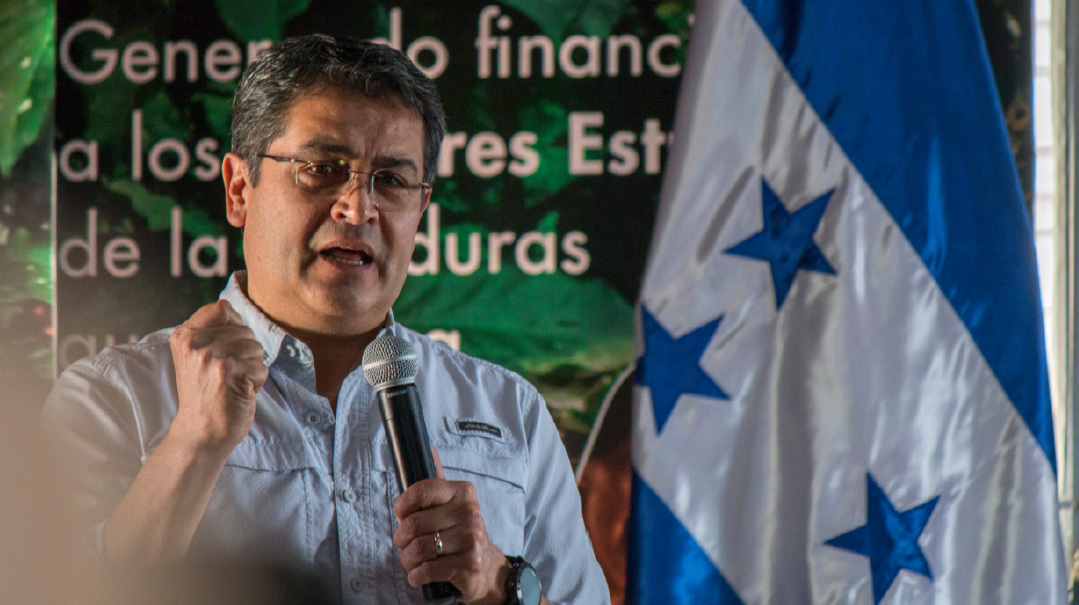Shalva Means Peace of Mind

The Shalva story: an example of how Hashem assigns missions to people
One of my great joys in writing a regular column is the ability to share things that move or excite me — people, ideas, books. I’m an enthusiast by nature, and one’s enthusiasms are enhanced by being experienced with others.
I won’t guarantee that Rabbi Kalman Samuels’s Dreams Never Dreamed will be every person’s favorite book ever. But I would be genuinely surprised to hear from anyone who was not inspired and uplifted by it.
The story begins with a tragedy. Yossi, the second child of Kalman and his wife Malki, was left blind, as well as extremely hyperactive, by a contaminated whooping cough vaccine when he was just short of a year old. He would subsequently lose his hearing as well.
Yossi was one of at least 13 Israeli children to suffer severe neurological damage from the same contaminated DPT vaccine. By the time Yossi received his shot, the Israeli health authorities had already known for five months that the vaccine batch used on him was dangerously flawed.
“The moment he awoke,” Malki would recount, “I knew my baby was gone. He looked at me with shiny eyes as if to say, ‘What have you done to me?’ ”
But that tragedy only set the stage for the triumphs that followed; it did not define any of those most directly affected, including Yossi himself. By the time he was eight, Yossi had broken out of the dark world into which he was thrust. The name “the Israeli Helen Keller” accurately describes him, for like Helen Keller, who was left deaf and blind by an infant disease, Yossi learned to communicate in many ways.
Now 43, Yossi has met privately with President George W. Bush, whom he advised to take care of the Iranian nuclear threat; former British prime minister Gordon Brown; and Israel’s President Reuven Rivlin. He has traveled to Thailand and ridden elephants there with friends and been taken for a thrilling whirl around the Volvo test track in Sweden. With his acute sense of smell, he acquired a masterful knowledge of wine and has worked as a sommelier.
When Yossi was still a toddler, the Samuels family moved temporarily from Jerusalem to New York, in search of help for him. One day, as Malki was watching her children play — the first six of the Samuels children were born within seven years of one another — with Yossi sitting on her lap, she found herself sobbing. When she regained control, she made a pact with the Ribbono shel Olam: “You gave me my beloved Yossi, and I will care for him until my final breath, but I promise You this: If You ever decide to help my Yossi, I will dedicate my life to helping so many other mothers of children with disabilities whom I know are crying with me for their children.”
That vow would result in the creation of Shalva from which thousands of children and their families have benefited. Kalman and Malki Samuels began Shalva in the early ’80s, in the apartment adjacent to their own in Har Nof. The program kept growing, first taking over their apartment, forcing them to move out. It eventually relocated to its own building in Har Nof, named after Nachshon Wachsman, an IDF soldier captured and killed by terrorists, whose youngest brother had been one of the children served by Shalva. Even as Shalva grew and grew in terms of the number of children served, Malki kept coming up with new programs and services she wanted to offer, such as a once-a-week sleepover for every child in the program.
My great teacher Rav Moshe Shapira used to say that “big” is not a Jewish measure. The Torah term for measuring things is “pure.” From “big,” one never gets to “pure,” but from “pure,” sometimes one can grow to “big.” I have seen over and over again how an absolutely pure impulse to give can grow into a huge organization. Yad Eliezer began with one woman sending her daughters around to collect for poor families in their neighborhood, and has grown to an annual budget in the tens of millions of dollars, providing a broad array of services. Rav Yitzchak Grossman arrived alone in Migdal Ha’emek, with his young wife and infant daughter, to work with local youth. In time, he built a huge educational campus that transformed the entire city, and numerous other institutions as well.
And today Shalva occupies a spectacular 12-story building, with every amenity imaginable for various disabilities, which cost $33 million to build.
Kalman tells at one point of a particular donor named John, who used to like to engage him in discussions of the irrationality of religious belief. Kalman answered him with the argument from design. But when I read the exchange, I told Kalman that he should have just pointed to Shalva itself as a proof not only of a Creator, but of His Divine Providence.
Nothing about the Shalva story makes any sense, other than as an example of how Hashem assigns missions to people, missions requiring skills and kochos hanefesh (qualities of the soul) that they never dreamed they possessed, and then helps them fulfill those missions. Malki was 18 when she married, and had no training in special education or any other field. How did she come to design and institute multiple programs guided primarily by her own intuition about what the children in Shalva and their families need? (Of course, that vision also required trained professionals for its full realization.)
And how did she oversee the entire construction of Shalva’s present building and campus, working with architects and contractors and some of Israel’s most famous artists, to realize her vision? A building with wide halls and large patios and abundant sunlight on every side so that there should be nothing of the institutional “feel” about it.
And how did Kalman, from an identified but secular Jewish family in Vancouver, make the multiple transitions from university student to a baal teshuvah yeshivah in Israel to studying and receiving semichah in a Yiddish-speaking kollel to training in computers in order to support his burgeoning family to becoming the chief fundraiser for the ever-greater sums needed to make his wife’s vision a reality?
As the Shalva story unfolded in Kalman Samuels’s understated account, I found myself crying frequently — an increasingly familiar phenomenon as I age. But the tears were ones of happiness. That story is one of human goodness. The goodness of all those donors touched by Yossi’s story and his mother’s determination to bring relief to other parents like her. Of the fledgling lawyer, Avi Fischer, who pursued the Samuels family’s legal case against Israel’s Ministry of Health over nine years and against long odds. Of Menachem Moscovich, a young man who appeared out of the blue one day determined to find a suitable site for the new Shalva building. Of Shai Ben Shushan, the permanently wounded IDF soldier who conceived of the now world-famous Shalva Band. Of the tile manufacturer in Bologna, Italy, who created precisely the floor tiles of which Malki dreamed for the Shalva Center. And of the famous Israeli artists — Menashe Kadishman, David Gerstein, and Anna Kogan — who created the sculptures, mobiles, and wall murals to make the Shalva building not only functional but breathtakingly beautiful.
The books is almost totally devoid of villains, apart from the “expert” physician who examined Yossi as an infant and told Malki that he had been born that way, and later testified at trial to that effect. (Don’t worry, she receives her proper comeuppance on the witness stand.)
Summer fast approaches. Treat yourselves to being inspired by Dreams Never Dreamed. And don’t hesitate to get back to me to tell me that I did not exaggerate or mislead you.
Originally featured in Mishpacha, Issue 855. Yonoson Rosenblum may be contacted directly at rosenblum@mishpacha.com
Oops! We could not locate your form.







